For the most part, when people start a new training program or diet, they see changes quickly. Their strength goes up, the weight on the scale goes down. Everything feels like it’s working.
The problem is that sooner or later, results slow down. Eventually, they grind to a complete halt.
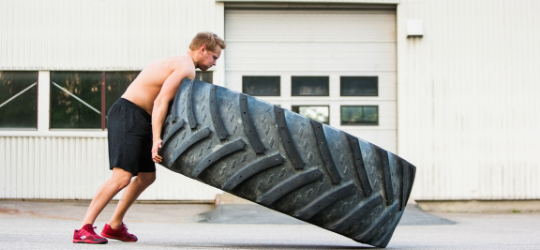
When this happens, people usually do one of three things.
- They double down and up the intensity, cut calories back even more, and keep going.
- They change to a completely different program or diet and hope it works better than the last one.
- They get frustrated, start missing workouts, see even worse results, and eventually just quit working out completely.
None of these are recipes for achieving long-term results or goals. They’re a big part of the reason why most people ultimately fall short of looking, feeling, or performing at the level they want to.
The hardest part of fitness isn’t figuring out how to see results for a few weeks, or perhaps a month or two. It’s being able to see results week after week, month after month, year after year.
The Train, Recover, Repeat model
By now, it should be clear that the single most important piece of training, and fitness in general, is finding the right balance between stress and recovery.
The reason the three approaches above most often fail is because they aren’t designed with that in mind.
You can only up the intensity, or jump from program to program, for so long before the limiting factor is not how hard you train, or what exercises you do, but how fast you can recover.
The train, recover, repeat, model of fitness is the answer to that problem because it’s built to work with your body, rather than fight against it.
It’s designed to help you balance the stress of training (and life) with recovery in a way that is sustainable and leads to long-term results.
The core principle of the model is to build your weekly training plan around three different types of workouts.
Red workouts
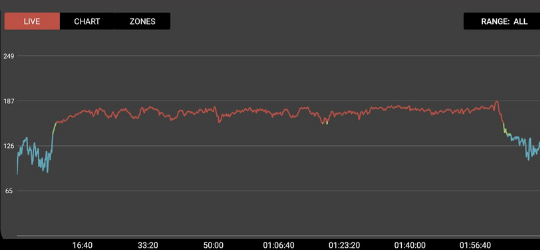
Red workouts are where you hit the highest intensities and volumes. If you’re doing conditioning, you’ll push yourself up into the red zone and burn the most calories.
On the strength side, these are the days where you’ll do your lower body and total body lifts that leave you tired and sore at the end. If you’re an athlete, these are your hardest practices and games.
By the time you’re done with a red workout, you know you’re going to be feeling it the rest of the day, and probably tomorrow too.
You should see a decrease in your recovery score on Morpheus of 12-18%, or sometimes more, after a red workout.
Green workouts
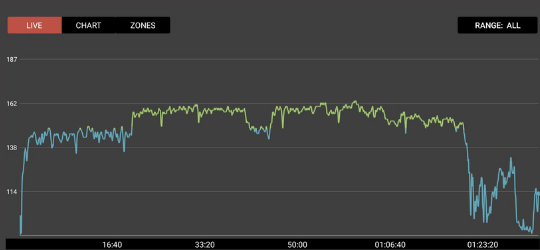
A green workout is a step below red, but still a challenging workout. Here, you’ll get up into the green zone, or maybe even the red zone for a few minutes, but you won’t push yourself to your limit.
You’ll generally stay below 90% of your 1RM if you’re lifting and include more upper body and accessory type exercises. You should expect to feel tired by the end of the training session, but not exhausted.
A green workout will show up with a decrease in recovery score of around 8-12%
Blue workouts
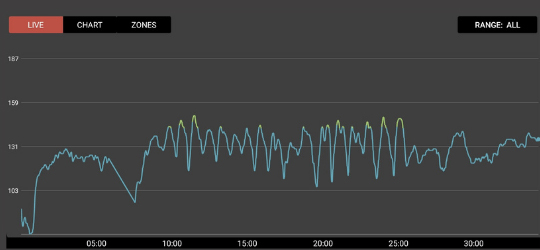
A blue workout is where all the recovery workouts discussed in previous lessons will fall. Generally low to moderate intensity, usually no more than 30-40 minutes, with the majority of the time spent in the blue zone.
You don’t have to follow the exact template of the recovery workouts, but you should stay within those general guidelines.
You should see an increase in your recovery score from 3-5% of or so on Morpheus after a blue workout.
Building your training week
Using the framework provided by the three types of workouts above, there are endless ways to build your training week.
The single most important principle in the Train, Recover, Repeat model is to alternate periods of loading stress on your body through training, with periods where you allow it to fully recover.
A single period of loading and recovery is called a stress-recovery cycle.
Each week, your goal should be to use 1-2 of these cycles to push your body to increase its fitness, and then give it the time to do exactly that through recovery.
This is how you balance both sides of the equation and create a sustainable way to make consistent progress towards your goals.
Two of the easiest and most effective ways you can build your training week around this concept is the 1/2/3 and 2/2/2. Both have up to 6 total days of training per week, but they vary in how they’re organized and the patterns of the stress-recovery cycle.
The 1/2/3 weekly model
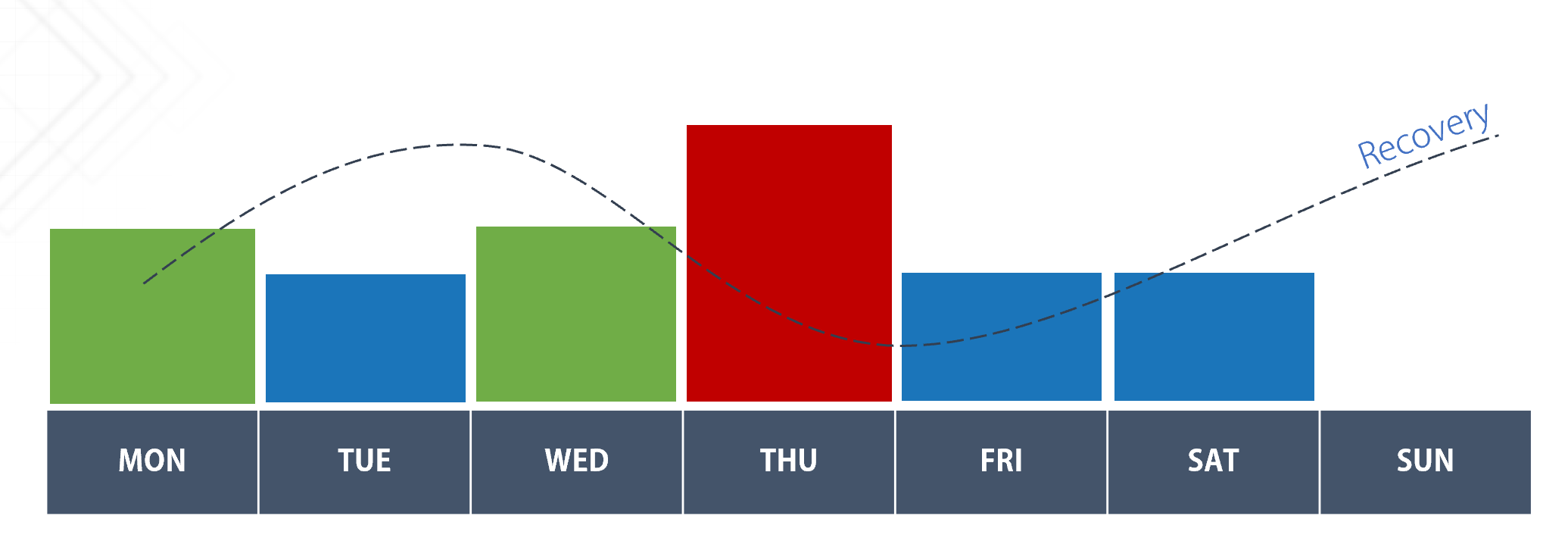
The 1/2/3 weekly model is a great option for people that are just training to look and feel their best, while staying healthy.
A single red day on Thursday, followed by either blue days, or even days off, over the weekend, makes it extremely flexible for people with busy schedules and stressful daily lives.
The 2/2/2 weekly model
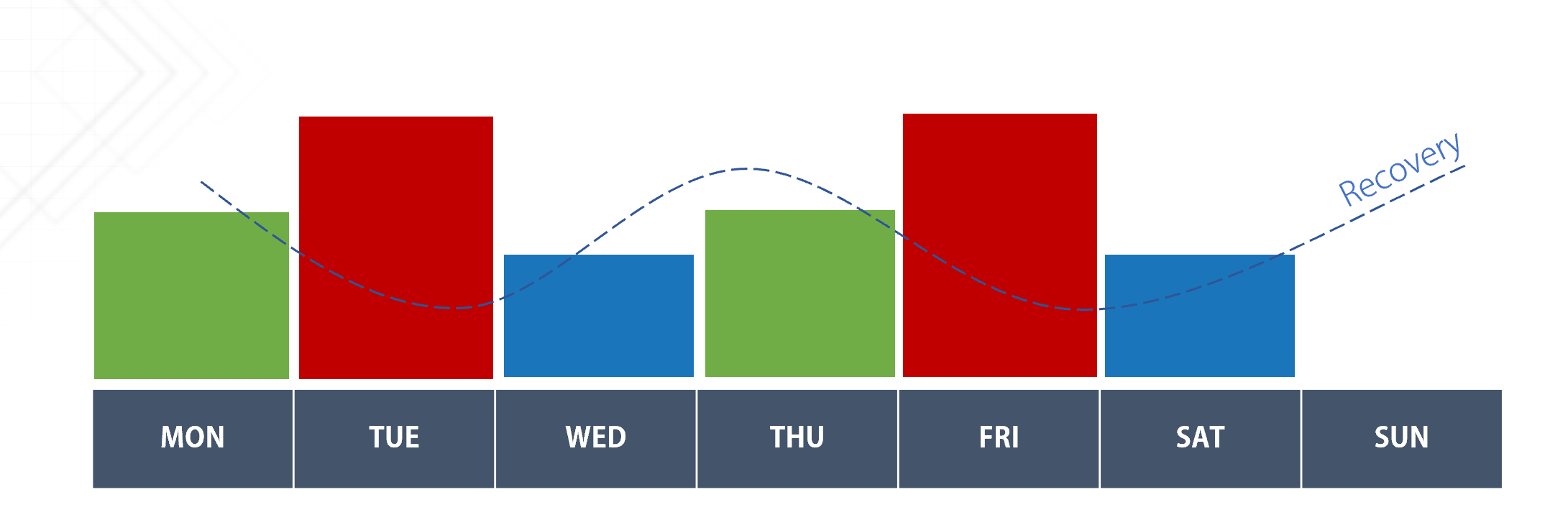
For people with higher levels of fitness that generally have things like nutrition, sleep, and lifestyle stress managed well, the 2/2/2 weekly model is a highly effective approach.
It allows for two red days spread throughout the week, while still allowing enough time for full recovery before the start of each week.
General guidelines
Exactly what you do for each workout in terms of exercises and training methods is completely up to you and depends on your fitness level, goals, and available equipment.
To help give you some ideas, I’ll cover a variety of Morpheus training methods that can be plugged into the different training days over the next few lessons.
The following guidelines can also help make sure you’ve got your weekly program dialed in:
- Your average daily recovery score in Morpheus should help you decide how many red days you can do in a week and still recover. Your goal should be to keep your average above 80%.
If you can follow the 2/2/2 model and keep your average recovery score above 80%, then you’re on the right track. If you can’t, then the 1/2/3 or another variation with less overall intensity will be a better fit for you. - It’s generally best to avoid more than 2 red days in a row as much as possible. This leads to a high level of fatigue that requires at least 2 days of recovery to prevent the potential for increased injury and burnout.
- The goal should be to start each new training week without any residual fatigue from the previous week. This prevents the accumulation of chronic fatigue that puts the body into a state of overtraining/under recovery.
A good way to know you’ve done this is if you wake up Monday morning with a recovery score above 85%.
Action step
If you’ve been using Morpheus to track your workouts, take a minute to look at your changes in recovery score after each workout and map it out on a weekly calendar, or even better, turn it into a graph in a spreadsheet.
This is a good way to visually see your daily training stress to get a better idea of whether your weekly plan is effectively balancing your stress and recovery.
